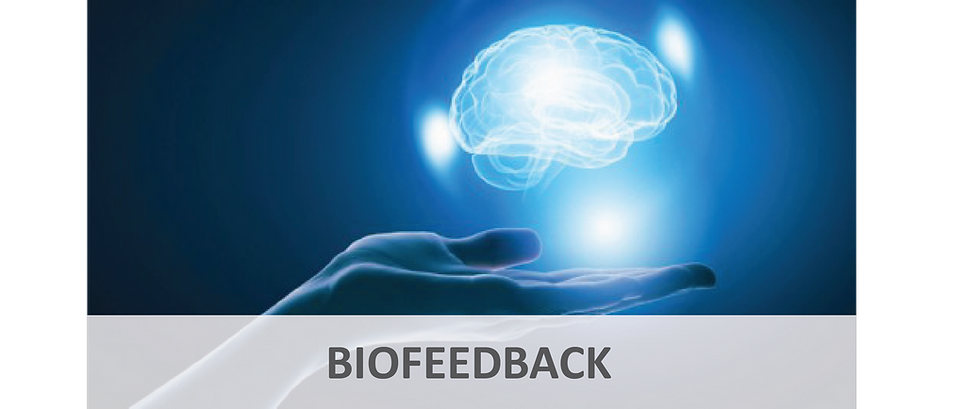Body Balance System: A Deep Dive into How Your Body Keeps You Upright
- Renee Augsburger

- Mar 23, 2023
- 4 min read
Updated: Jun 24, 2023
When you hear the word balance, what do you think of? Maybe you think of someone standing on one foot or maybe you think of someone walking a tightrope without falling. While balance is involved in both of these scenarios, it’s also critical for helping you and I move in our day-to-day lives and preventing us from falling.

So what is balance exactly?
The technical definition of balance is your ability to distribute your weight in a way that enables you to either hold a steady position or move at your own will without falling. We have two major types of balance. One is called static balance, which is the type of balance that helps you stay upright when you are not moving. The other type of balance is called dynamic balance. This form of balance lets you anticipate and react to changes in your body position as you are moving.
How your body's balance system works?
In order to maintain your balance, several systems in your body have to work together as a team. These systems include your central nervous system (brain and spinal cord), your vestibular system (your brain and inner ear), your visual system (your brain and your eyes), your proprioceptors (nerves that sense where your body is in space), and your muscles and bones.

One of the most important systems involved in helping keep you balanced is the central nervous system, which is made up of your brain and your spinal cord
Within the central nervous system is a part of the brain called your cerebellum. The cerebellum is the main part of the brain involved in overseeing your balance and movement. It is able to receive information coming in from your body and then develop commands to control your balance. The cerebellum can also retrieve movement patterns from your memory such as walking, riding a bike, etc. to make sure these movement patterns can be performed smoothly and with good balance automatically. Your frontal lobe, which is another part of the brain, will also work as a team with your cerebellum to help with coordinating challenging movements like walking a slippery slope.
The other piece of the central nervous system is the spinal cord. The spinal cord is the bridge between the brain and the body. It carries the signals from the brain to your body. Branching off of your spinal cord are a lot of smaller nerves that we refer to as your peripheral nervous system. These nerves take the message from the spinal cord to different parts of the body to put that command into action. The spinal cord also has loops that that we refer to as reflexes, or quick automatic actions that you do not consciously control, that help us react quickly to maintain our balance.
Now that you understand how your central nervous system works to control your balance, let’s explore your vestibular system

Your vestibular system is an intricate system located in your inner ear that helps maintain your balance. It contains three loops that are filled with fluid that moves as you move to give your body feedback about the position of your head. The system sends messages to your brain about when you’re moving straight up and down, side to side, turning or twisting, and just about any other motion of your head that you can imagine.
The next system that plays a key role in your balance is your visual system. Your eyes are constantly sending feedback to your brain about your surroundings and alert you to where you are in space. The brain then uses this information in supplement with the other systems we have been discussing to make commands to keep you balanced.
A less talked about system when it comes to your balance is your proprioception system

This system is comprised of nerves that sense the position of where your body is in space. They are typically found in muscles, tendons, and joints. These nerves are sending feedback to your brain, which then allows your brain to send down commands to tell your muscles to make large or small contractions to adjust to your situation. A good example of when proprioceptors are working hard is when you are standing on an uneven surface. The proprioceptors in your feet have to send messages to your brain which then makes commands to your feet and ankles to make micro-adjustments to make sure you stay upright. Given we spend a lot of our time up on our feet, our proprioceptors in our feet are particularly important for our balance.
As we discussed, those little proprioceptive nerves are found in our muscles and tendons and joints. These nerves take feedback from the muscle and joints and send it up the brain quickly. The brain then immediately sends a signal down to the muscle to tell it to either contract or relax, which moves the bones. This fine balance of muscles contracting and relaxing is what allows you to make real-time adjustments to your body’s movement to keep you from losing your balance.
After a stroke, one or more of these balance systems may be impacted
This could result in your balance worsening which puts you at risk for falling. This is why it is critical that you work with a physical or occupational therapist to develop a balance program that is tailored to your needs. At TRCare, a therapist will work with you to design a balance program to address your individual concerns, so that you can begin to improve your balance in the comfort of your home.
Learn more about what you can do to improve your balance and step-by-step video guidance on how to build a home exercise program for you, explore TRCare's online exercise portal today!


